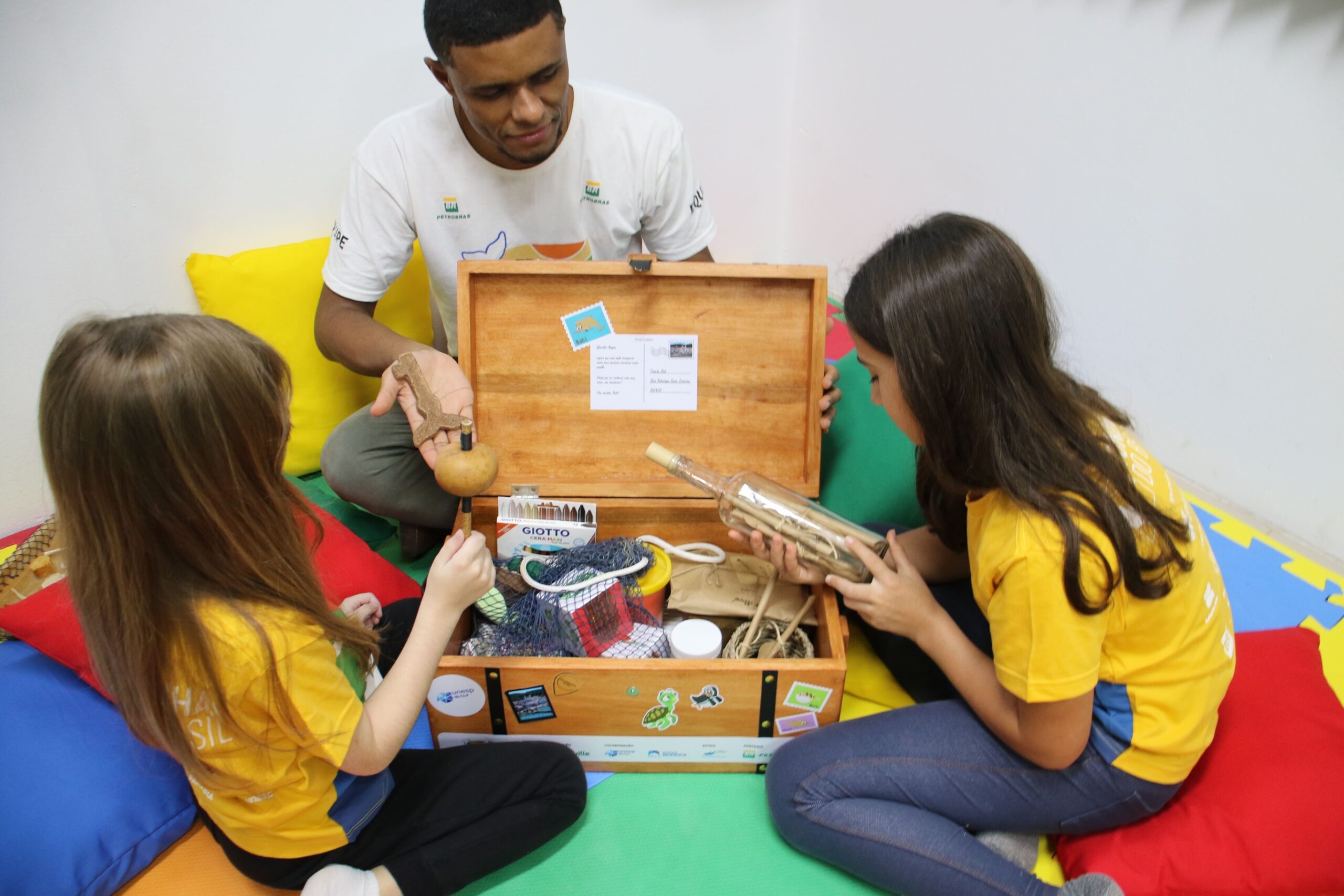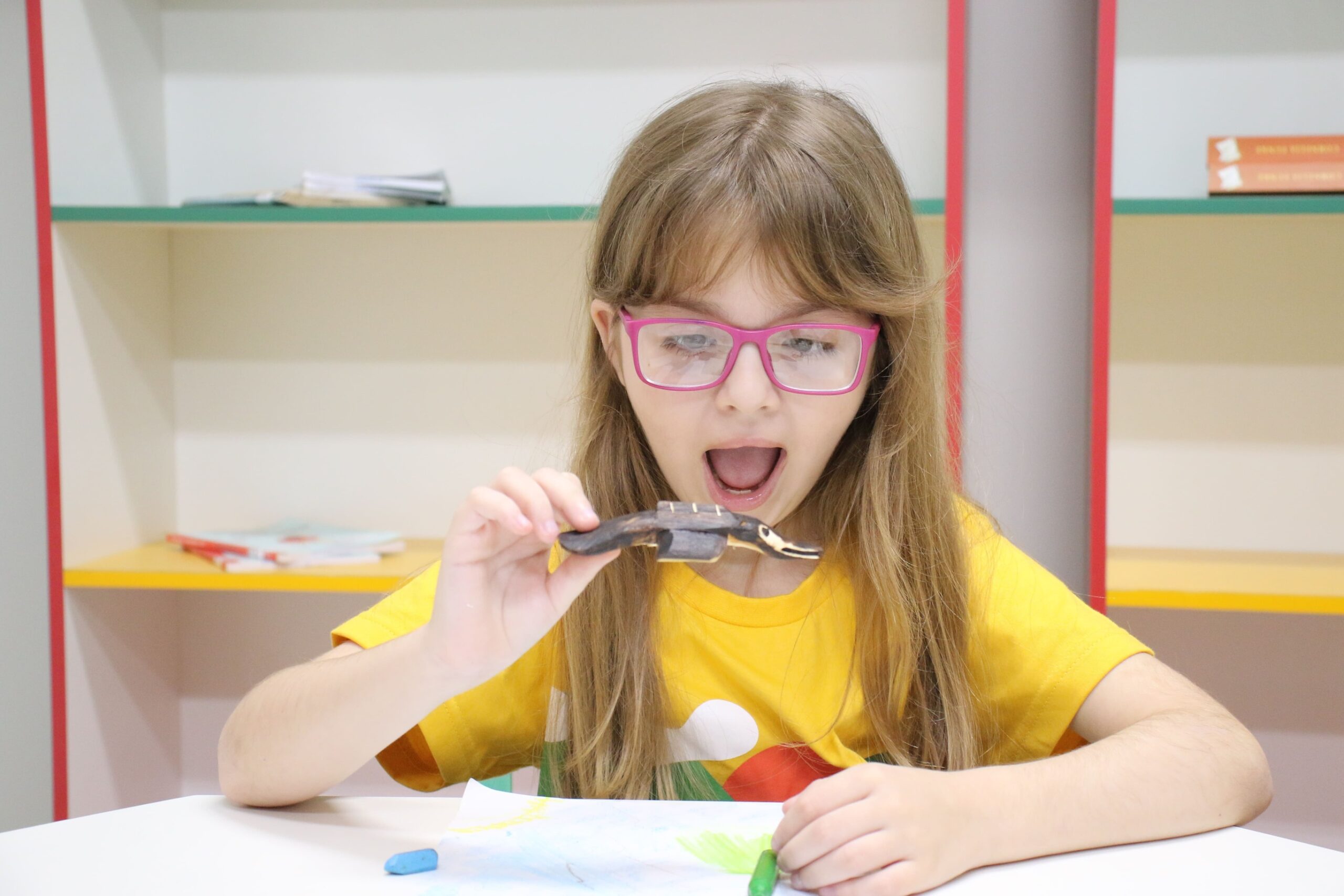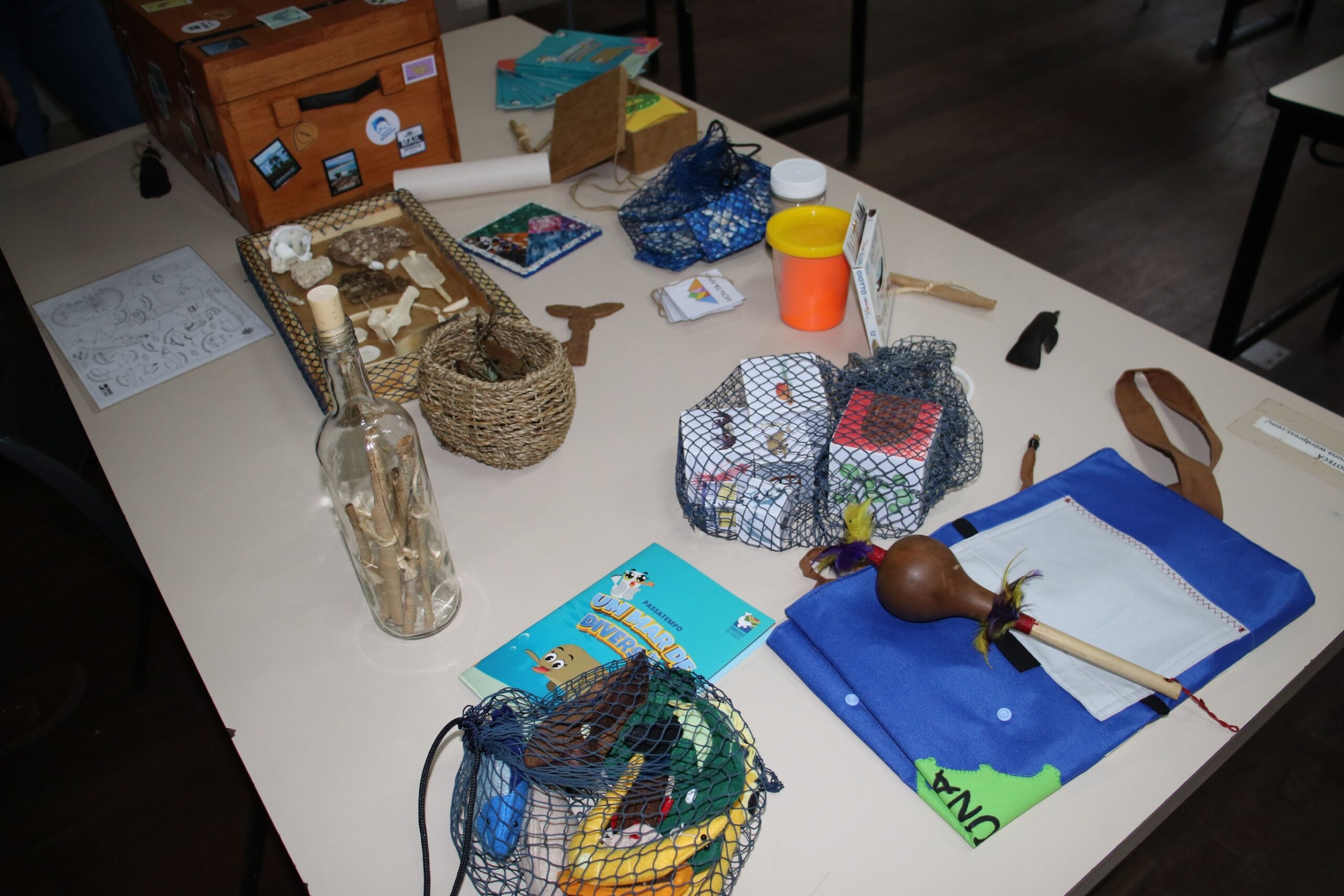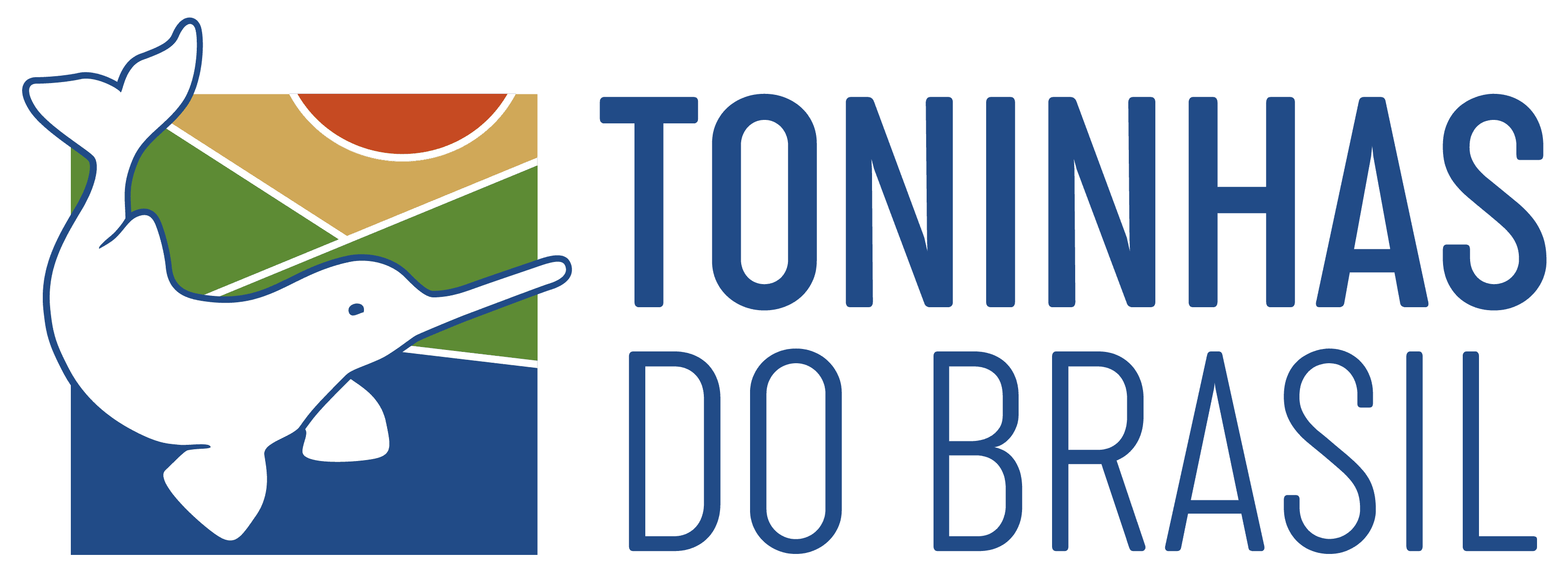Have you discovered something magical today? This was one of the questions that guided Projeto Toninhas do Brasil in creating the “Franciscana Dolphin Treasure Chest”, an educational kit consisting of eleven (11) activities and provided to public schools in coastal cities in the states of São Paulo, Paraná, and Santa Catarina. Through this material, a sense of wonder for the ocean environment and the elements of the sociobiodiversity of these communities was promoted in a simple, intuitive, and fun way, proving that awakening to science can be great fun.
Play has a crucial role in holistic development in Early Childhood and Elementary Education. More than mere pastimes, playful activities at this stage have a profound impact on cognitive, social, and emotional development, laying the groundwork for meaningful learning and comprehensive personal growth. The experience of the world through full sensory stimulation, focusing on understanding oneself, others, and the collective, was the foundation for the creation of the Treasure Chest.
Eureka! Learning with Nature
Este material pedagógico artesanal é um convite para a exploração do vasto oceano do conhecimento de maneira lúdica e envolvente, explica João Miguel Neri Camilo Moreira, coordenador de Educação Ambiental do Toninhas do Brasil. A equipe do projeto mergulhou nas metodologias Montessori, Waldorf e na abordagem Reggio Emilia para idealizar o material, orientados pela perspectiva do brincar heurístico (da expressão grega εὕρηκα – “descobri!”).
In the proposal, designed by Elinor Goldschmied, a British specialist in early childhood education, natural materials are presented to children in an attractive manner so they can explore them with creativity and freedom. These are the unstructured toys, without predetermined functions, that make up a learning experience where the child has autonomy and imagination is the only limit.
In the heuristic play approach, playful activities transcend mere recreation, becoming structuring elements of pedagogical practice. From this free, creative, and holistic perspective, the aim is not only to foster knowledge acquisition but also to cultivate curiosity, autonomy, problem-solving, and empathy in children, thus consolidating an education that goes beyond the limits of the classroom. The methodology is organized into three different modalities according to the children’s age.”
Exploring, playing, experimenting in all ages
In the treasure chest modality, designed for nurseries, babies use their senses to explore the materials while seated in a circle in a space organized by educators. “Taking our marine treasures to nurseries was a challenge embraced by the educators who worked with us,” says João, who highlights the success of two materials among babies: the sensory board with items found on the beach and from the Acervo Biológico Iperoba (Iperoba Biological Collection), at Univille, and the storytelling apron “Franciscana Food”, with its felt elements that interact with the apron’s scene.
For very young children, the heuristic play modality is used, in which different stations are created so that children have the freedom to move around, manipulate, and interact with the materials provided. Teachers who implemented the Franciscana Dolphin Treasure Chest in Early Childhood classrooms set up the materials at stations, organizing mediated exploration sessions, intervening minimally, and observing the children’s discoveries. In this age group, the standout materials included the tower of differently sized adhesive blocks that can be organized to form a lighthouse and various oceanic food chains, as well as a memory game with pieces made from high and low-relief plastic collected from beaches, which can be used as stamps and molds in clay and playdough activities.
Lastly, children aged four and up engage in the experimentation tray modality, where they are encouraged to create hypotheses about the materials and express them. In the Franciscana Dolphin Treasure Chest, the ecosystem tangram, a puzzle with which silhouettes of animals and other oceanic environment elements can be created, and the basket filled with natural materials (such as seeds and shells) and indigenous artisanal elements provide ample opportunities. The basket proposes even freer exploration: the idea is for children to explore their surroundings in search of their own treasures. The elements that are found then become the subject of a discussion circle mediated by the educators.
A proposal anchored in sustainability, community, and transversality
The materials in the Franciscana Dolphin Treasure Chest were crafted from sustainable, natural, or repurposed materials by artisans from the regions where the project operates, with the involvement of traditional communities (caiçaras, which are traditional coastal peoples, and Guarani indigenous peoples). These communities enriched the Treasure Chest with diverse ways of seeing and relating to the ecosystems around them. This attention to detail also allows for the intersection with other Contemporary Cross-Cutting Themes from the Brazilian National Common Core Curriculum, beyond the topic of the Environment, including Multiculturalism, Economics, Health, Citizenship, and Civics.
Tools for an oceanic journey of discovery
The Franciscana Dolphin Treasure Chest is an integral part of the extension course “Sailing with Franciscana Dolphins: Ocean Literacy in Early Childhood and Elementary Education – Early Years,” with the first group consisting of over thirty (30) educators from public schools in the cities of Ubatuba, Caraguatatuba (in the state of São Paulo), São Francisco do Sul, and Laguna (in the state of Santa Catarina). Throughout the second semester of the 2023 school year, professionals working both inside and outside the classroom charted paths for incorporating ocean literacy into these municipal education systems. They were trained to apply the Treasure Chest material in its various possibilities. The teachers went further: they replicated the materials with their students, adapted the activities for students with different educational needs, and even used them to inspire new artistic and creative activities. The journey also involved the broader school community, including families and non-formal educators from these regions.
About the Toninhas do Brasil Project
The Toninhas do Brasil Project is an initiative focused on the research and conservation of the franciscana dolphin (Pontoporia blainvillei), one of the smallest and most endangered dolphins on the planet. Projeto Toninhas do Brasil is a project by Univille, in partnership with Petrobras, through the Petrobras Socioambiental Program, which, for over 20 years, has carried out research, communication, environmental education, and institutional coordination efforts to protect coastal ecosystems. Bringing together a multidisciplinary team of professionals committed to the conservation of biodiversity and marine ecosystems, the project is a reference in Brazil and in the world when it comes to research and conservation of small cetaceans.



Contact:
Naira Albuquerque (Communication coordinator)
Phone: +55 54 99931-8004
E-mail: comunicacaoprojetotoninhas@gmail.com
